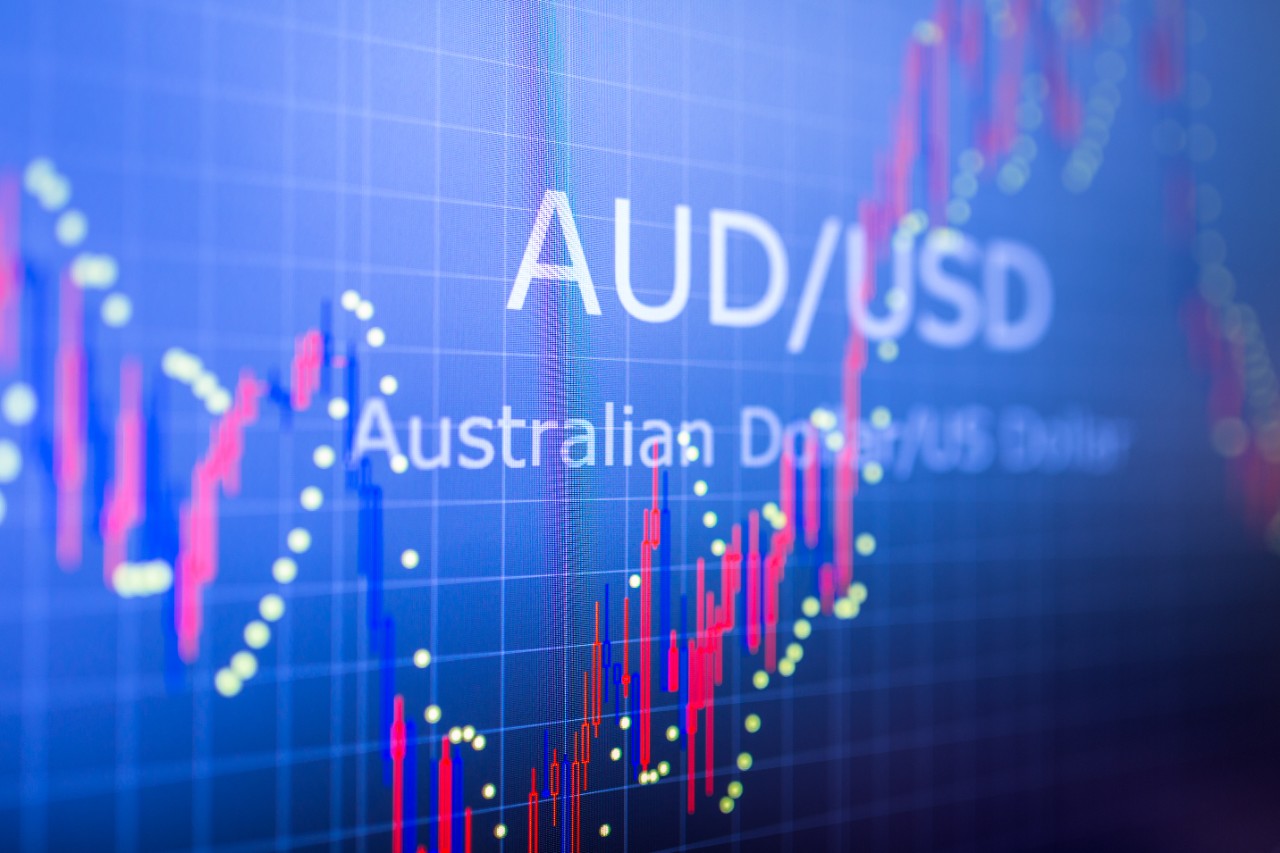US dollar strength drives AUD/USD lower amid global risk aversion
AUD/USD finished lower last week at 0.6455, down 1.22%. The decline came against a backdrop of broad-based US dollar, with the US Dollar Index (DXY) hitting its highest level since late May.
The big dollar’s rally was fuelled by a combination of risk-aversion flows, disappointing economic data out of Europe and the United Kingdom, and a sharp sell-off in the Japanese yen ahead of the sizeable fiscal stimulus package formally approved on Friday. Reinforcing the move, several regional Federal Reserve (Fed) presidents sounded hawkish, expressing concerns about additional rate cuts due to lingering inflation risks.
Dovish tone emerges ahead of December meeting
However, that hawkish tilt began to reverse on Friday when New York Fed President John Williams indicated he still saw scope to lower rates further ‘in the near term’. The dovish message gained further traction overnight when Fed Governor Christopher Waller noted that the recent softening in the labour market made a December rate cut quite plausible.
The probability of a 25 basis point (bp) cut at the 10 December Federal Open Market Committee (FOMC) meeting has surged from around 30% in the middle of last week to approximately 80% now. This rapid repricing of Fed expectations has provided immediate support to AUD/USD and other risk-sensitive assets, allowing the pair to stabilise into the Friday close and extend a modest recovery into the early part of this week.
Key drivers ahead
Whether a stronger bounce can follow will depend on several key drivers:
- It is crucial that risk sentiment remains stable.
- Month-end rebalancing flows are expected to support the Australian dollar due to the Australian stock market’s underperformance this month.
- The market will be influenced by upcoming US data releases tonight, including the producer price index (PPI), retail sales and consumer confidence, followed by an inflation update in Australia tomorrow previewed below.
- Tomorrow’s Reserve Bank of New Zealand (RBNZ) interest rate meeting. While a 25 bp rate cut is widely expected, a larger 50 bp cut cannot be ruled out, which would weigh heavily on NZD/USD and, to a lesser extent, AUD/USD.
October inflation
Date: Wednesday, 26 November at 11.30am AEDT
Australia is transitioning from a quarterly to a full monthly consumer price index (CPI) as its primary measure of headline inflation – a change that will start this Wednesday. This alignment with other Group of Twenty (G20) countries will facilitate easier comparisons of inflation trends with other advanced economies.
There is ongoing debate about whether the new monthly data should be compared with the previous quarterly figures or the last monthly CPI indicator, and it will take time before the Reserve Bank of Australia (RBA) can fully rely on the monthly CPI for a complete and accurate assessment of inflation pressures compared to the more consistent quarterly data.
Although neither option provides a perfect comparison, we have opted to go with the recently released third quarter (Q3) numbers for clarity. In Q3 2025, headline CPI rose 1.3% quarter-on-quarter (QoQ), bringing the annual rate to 3.2% year-on-year (YoY), up from 2.1% previously. The trimmed mean increased 1.0% QoQ, lifting its annual rate to 3.0% YoY from 2.7%, marking the first increase since December 2022.
Following this, expectations are for a monthly increase of 3.6% over the year and for a reading of 2.9% for the trimmed mean. The Australian interest rate market starts the day pricing in 2 bp of easing for the RBA’s December meeting, with roughly 13 bp of cuts anticipated by May 2026.
